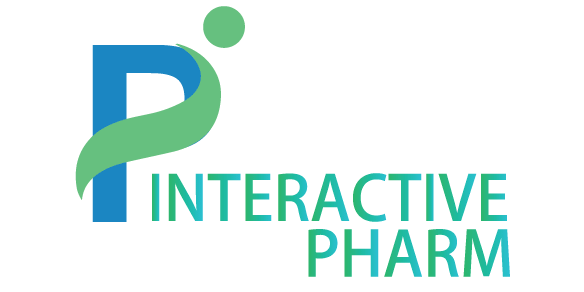POSTED BY COURTENAY C. BRINCKERHOFF ON 9 FEBRUARY 2012POSTED IN BIOSIMILARSOn February 9, 2012, the FDA issued long-awaited (draft) guidance documents on biosimilars. The three guidance documents address scientific considerations, quality considerations, and implementation of the Biologics Price Competition and Innovation Act of 2009, with a focus on therapeutic protein products. As set forth in the FDA news release, the FDA will seek public comments on the guidance documents (details on how to submit comments will be announced in an upcoming Federal Register Notice).
The Biologics Price Competition and Innovation Act
The FDA news release provides a succinct summary of the Biologics Price Competition and Innovation Act section of the Patient Protection and Affordable Care Act that was signed into law by President Obama on March 23, 2010 (a copy of the law is available through the FDA’s Biosimilars webpage):
[The law] created an abbreviated approval pathway . . . for biological products that are demonstrated to be highly similar (biosimilar) to or interchangeable with an FDA-licensed biological product.
Biological products are therapies used to treat diseases and health conditions. They include a wide variety of products including vaccines, blood and blood components, gene therapies, tissues, and proteins. Unlike most prescription drugs made through chemical processes, biological products generally are made from human and/or animal materials.
A biosimilar is a biological product that is highly similar to an already approved biological product, notwithstanding minor differences in clinically inactive components, and for which there are no clinically meaningful differences between the biosimilar and the approved biological product in terms of the safety, purity, and potency.
Through this new approval pathway, biological products are approved based on demonstrating they are biosimilar to, or interchangeable with, a biological product that is already approved by the FDA, which is called a reference product.
The Draft Guidance Documents
The draft guidance documents focus on therapeutic protein products. Interestingly, the FDA interprets “protein” as “any alpha amino acid polymer with a specific defined sequence that isgreater than 40 amino acids in size.” This suggests that shorter peptides will not fall under the biologics paradigm (for either a BLA or a biosimilar application) unless they qualify as a “biological product” on some other basis, such as by being a vaccine. The FDA interprets “chemically synthesized polypeptides” (which are excluded from the definition of a “biological product”) as “any alpha amino acid polymer that (1) is made entirely by chemical synthesis and (2) is less than 100 amino acids in size.”
• Scientific Considerations in Demonstrating Biosimilarity to a Reference Product
According to the FDA, this draft guidance document “is intended to assist companies in demonstrating that a proposed therapeutic protein product is biosimilar to a reference product . . . . This draft guidance describes a risk-based ‘totality-of-the-evidence’ approach that the FDA intends to use to evaluate the data and information submitted in support of a determination of biosimilarity of the proposed product to the reference product. As outlined in the draft guidance, FDA recommends a stepwise approach in the development of biosimilar products.” Some of the steps include:
- Structural analysis
- Functional analysis
- Animal data (toxicity studies, pharmacokinetics and pharmacodynamics, immunogenicity)
- Clinical studies (pharmacokinetics and pharmacodynamics, immunogenicity, safety and efficacy—to resolve “residual uncertainties” about biosimilarity)
• Quality Considerations in Demonstrating Biosimilarity to a Reference Protein Product
As summarized in the FDA news release, this draft guidance document “provides an overview of analytical factors to consider when assessing biosimilarity between a proposed therapeutic protein product and a reference product” and highlights “the importance of extensive analytical, physico-chemical and biological characterization in demonstrating that the proposed biosimilar product is highly similar to the reference product notwithstanding minor differences in clinically inactive components.” Relevant factors include:
- Expression system
- Manufacturing process
- Physicochemical properties
- Functional activities
- Receptor binding and immunochemical properties
- Impurities
- Characterization of the reference product and reference standards
- Characterization of the finished drug product
- Stability
The guidance indicates that “information demonstrating biosimilarity based upon data derived from animal studies (including the assessment of toxicity) and a clinical study or studies (including the assessment of immunogenicity and pharmacokinetics or pharmacodynamics) will be required unless the FDA determines that such data is not necessary in a specific case.
This draft guidance document includes background information and an outline of key provisions of the Biologics Price Competition and Innovation Act, and answers to basic questions “that may arise in the early stages of product development, such as how to request meetings with the FDA, addressing differences in formulation from the reference product, how to request exclusivity, and other topics.”
For more information on biosimilars, including insight into regulatory, intellectual property, and corporate legal issues, please visit Foley’s Biosimilars webpage at foley.com/biosimilars.



